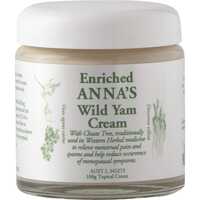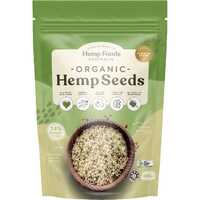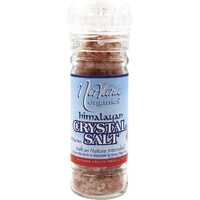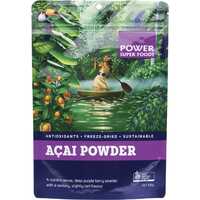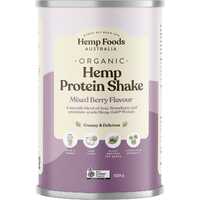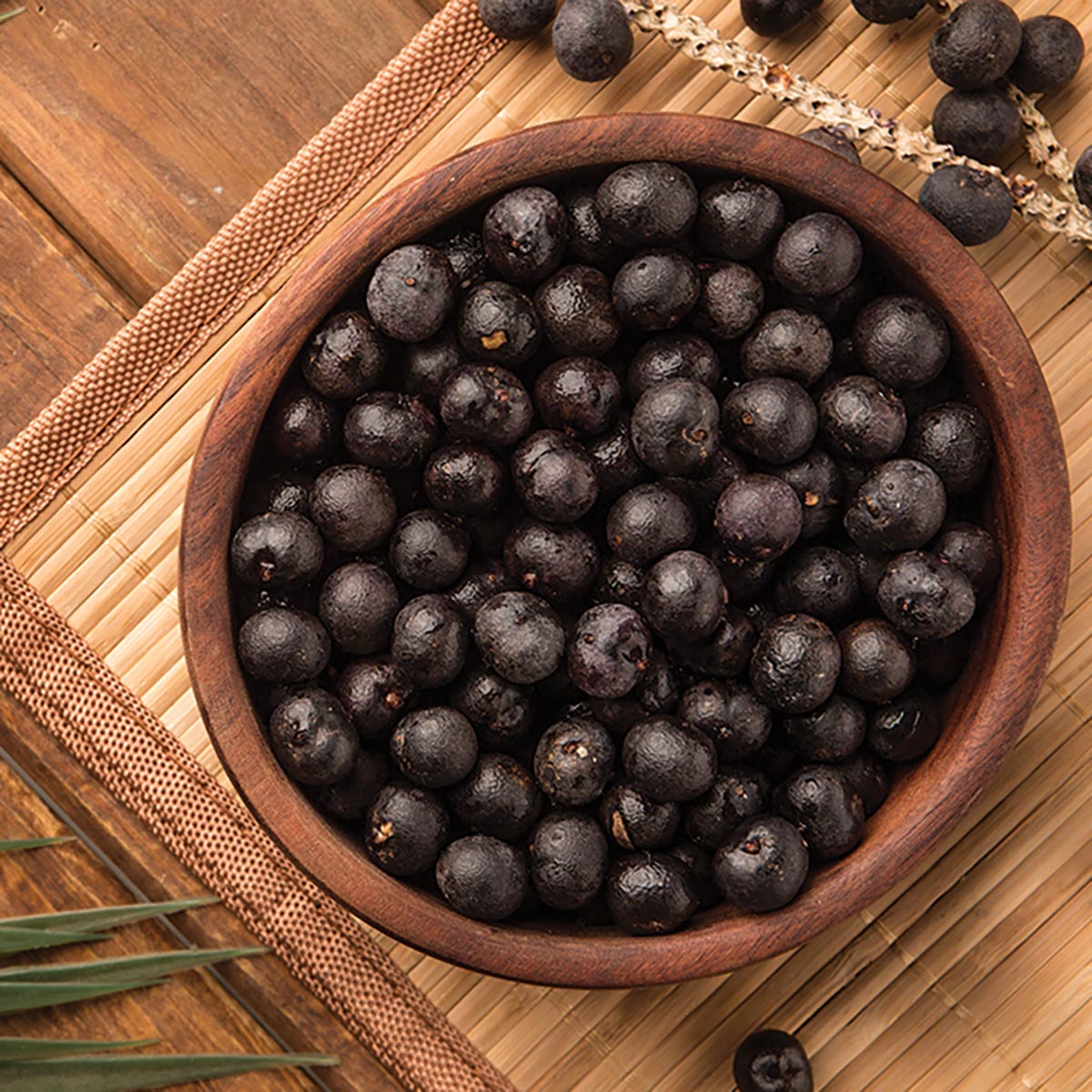Acai is a powerful Amazonian superfood with a rich nutritional profile. Widely cultivated for its fruit, the acai palm produces round, almost-purple berries that are small in size but large in personality. Known as acai berries or simply acai, this food has experienced a massive growth in popularity since the health food rush of the 1990s. With antioxidants and healthy fats to spare, acai offers a variety of life-affirming health benefits.
Let's take a look at the acai plant, review the history of this Amazonian food, and analyse its nutritional profile and health-supporting properties.
About the Acai Plant
The acai palm is a tall and slender tree that grows throughout the Amazonian basin in South America. Despite being a traditional source of vegetables and wood for people in the region, this tree is largely cultivated for its fruit content. Acai palm trees grow to more than 25 metres in the right conditions, with their pinnate leaves reaching up to 3 metres long. This palm is self-pollinating, and it takes between 3 and 5 years to start producing fruit.
The acai palm has four primary components: the trunk wood, the leaves, the inner heart, and the berries. The trunk can be used for building materials or processed to obtain dietary minerals. The leaves can be made into mats, baskets, brooms, and hats. The heart of the tree was traditionally consumed as a vegetable, and the berries are dried and powdered to extract rich, health-boosting nutrients. Acai seeds take up around 80% of the berry, with the nutritional content of the fruit found in the remaining 20% of flesh and skin.
The History of Acai
There is a long history of acai consumption in the Amazon, with the edible palm heart and berries both providing a vital source of food. Traditionally, acai berry pulp is eaten as a food staple with manioc. It is not sweetened and is regularly consumed with fish and other main savoury courses. Despite its huge popularity today, acai is a relatively new addition to the Western diet. In fact, while it was consumed deep in the rainforest for centuries, frozen acai pulp didn't even reach northern Brazilian cities until the early 1970s.
Brazilian jujitsu founder Carlos Gracie spread the acai bowl to Rio de Janeiro and other southern cities in the 1980s. While it's very well-known today, this unique blend of frozen acai pulp and banana was a novelty even to Brazilian taste buds. Already linked to a local sporting hero, the popularity of acai rose in the 1990s as fitness enthusiasts, health nuts, and surfers helped to spread the word. It didn't take long for American celebrities to get on board, with sweet delicious acai bowls slowly finding a new home in the hip cafes of Hawaii and Southern California. Since then, the popularity of acai berries has taken off around the world.
Nutritional Profile of Acai
The acai palm berry is popular for a reason, with its delicious flavour and hipster history joined by a rich and complex nutritional profile. From vitamins and minerals to antioxidants and plant compounds, this beloved superfood offers so much in such a small package. Many of the benefits attributed to acai are due to its plant materials, which include anthocyanins (ACNs), proanthocyanidins (PACs), and other flavonoids like homoorientin, orientin, isovitexin, and scoparin.
The rich purple colour of acai is due to its anthocyanin content, with this powerful antioxidant offering protection against inflammation and disease.
Per 100 grams of dry powder, acai berry pulp and skin contain 534 calories, 52 grams of carbohydrates, 8 grams of protein, and 33 grams of total fat. The carbohydrate content includes 44 grams of low sugar dietary fibre, and the fat content includes 56% oleic acid, 24% palmitic acid, and 13% linoleic acid. The freeze-dried powder also contains small amounts of vitamin C, calcium, iron, and vitamin A, along with 19 amino acids.
Acai Consumption and Taste
Acai is a berry, but unlike other berries, it's largely consumed in powdered or freeze-dried form. In the Amazon rainforest, acai berries are frequently eaten fresh to accompany meals. In such cases, in-depth preparation is needed to make the berries edible. They are soaked to soften the tough outer skin before being mashed into a pulp to form a dark purple paste. This traditional technique is still used in the Amazon today, but it requires access to fresh ingredients.
Fresh acai berries are not easy to find elsewhere in the world, and they're not even allowed in many nations. Acai berries have high levels of healthy omega fats, and it doesn't take long for them to go rancid. For this reason, the only practical way to export them is to dry them and make them available in freeze-dried or powdered form. Fresh acai berries have a very short shelf life, which means they're not available outside of where they're grown.
However you consume them, acai berries have a unique flavour profile. Most of the time, acai is sweetened to soften the earthy taste. These berries have been described as a cross between blackberries and dark unsweetened chocolate. They're also a bit like raspberries and pomegranates, but with a little dirt thrown in for good measure. In terms of texture, acai berries are thick and granular, which makes them ideal for smoothies or combined with other fruits in an acai bowl recipe.
Acai can be consumed in the following ways:
- Acai powder is the purest and easiest way to consume this great product. You can add powder to sweet and savoury dishes, create an acai smoothie, or make your own delicious acai bowl from scratch.
- Acai puree is made from pulped and frozen acai berries. Commercial acai purees often feature other frozen fruits for easy consumption, along with nuts, granola, and seeds. Purees are the easiest way to make a refreshing acai bowl.
- Acai bowls are acai puree with extra ingredients. It may look like ice cream, but it's much healthier. You can make acai taste less earthy with additional sweet toppings — popular choices include bananas, mangoes, other berries, granola, and peanut butter.
- Acai liquid is a superfood drink that's perfect when you're in the office, at the gym, or just on the go. While acai powder is great for its purity, liquid products are a fantastic way to benefit from the goodness of acai without worrying about preparation.
The Health Health Benefits of Acai
With such a rich nutritional profile, acai offers a variety of health benefits. Regular consumption of acai berries provides the following advantages:
Packed with Antioxidants
Acai is full of beneficial antioxidants, which help to protect your body from damaging free radicals. When they're not eliminated by the body, free radicals lead to cell damage and disease, including heart disease, diabetes, and cancer. At 100 grams, acai pulp skin powder offers an ORAC (oxygen radical absorbance capacity) score of 102,700 compared to blueberries at just 4,669. According to one study, the antioxidant compounds in acai are fully functional and well-absorbed in the gut.
Supports Healthy Brain Function
The plant compounds in acai may help to protect your brain from damage as you age. Age-related memory loss and cognitive decline are partly due to the inflammation and oxidation of your brain cells. According to multiple studies involving rats, polyphenol-rich acai pulp extracts have a putative effect on brain cells.
May Have Anti-Cancer Properties
Nutrient-rich foods can help to support healthy physiological function. When combined with a balanced diet and exercise regime, superfood products promote general health and aid with disease prevention. Some animal studies have revealed an anti-cancer effect in acai berries, including a reduced incidence of colon and bladder cancer.
Supports Natural Weight Loss
For many years, acai has been promoted as an effective natural treatment for weight loss. The rich fibre and essential fatty acid content of acai can contribute to weight loss by helping you to burn fat more efficiently.
May Improve Cholesterol Levels
Acai can help to promote healthy cholesterol levels in overweight adults. According to one study, people who consumed acai smoothies twice daily for a month recorded lower "bad" cholesterol at the end of the study. While this paper had numerous issues, the anthocyanins present in acai have been shown to support healthy cholesterol levels in other studies.
If you want to experience this amazing Amazonian superfood for yourself, Healthy Being has a wide range of acai products to choose from. From acai powders in multiple sizes to organic superfood drinks, we can meet all of your acai needs. For the ultimate acai bowl and so much more, please browse through our acai range today or contact our friendly team for support!


 Certified Organic
Certified Organic Vegan Friendly
Vegan Friendly  Vegetarian
Vegetarian Organic Ingredients
Organic Ingredients Dairy Free
Dairy Free Gluten Free
Gluten Free Keto Friendly
Keto Friendly

















